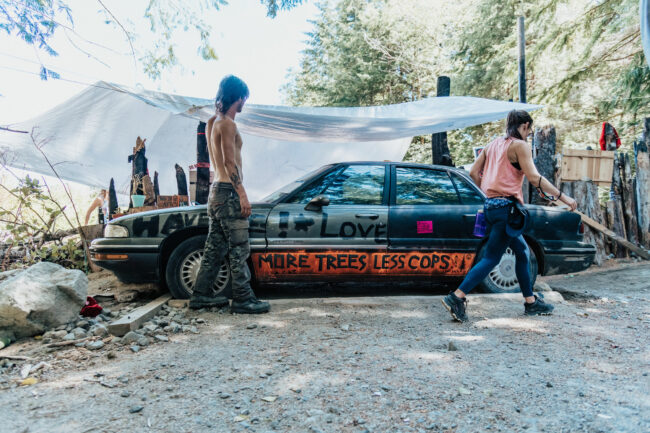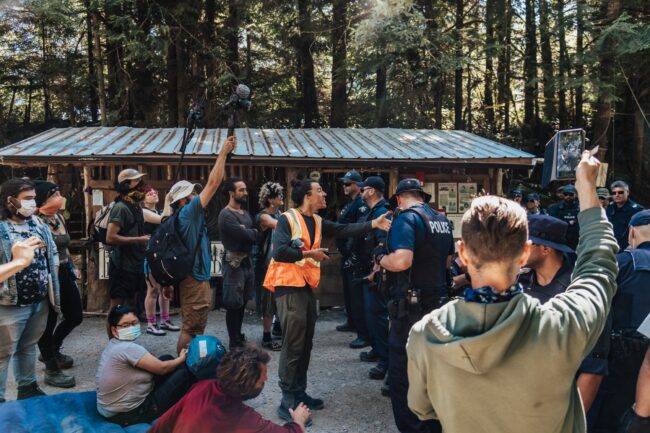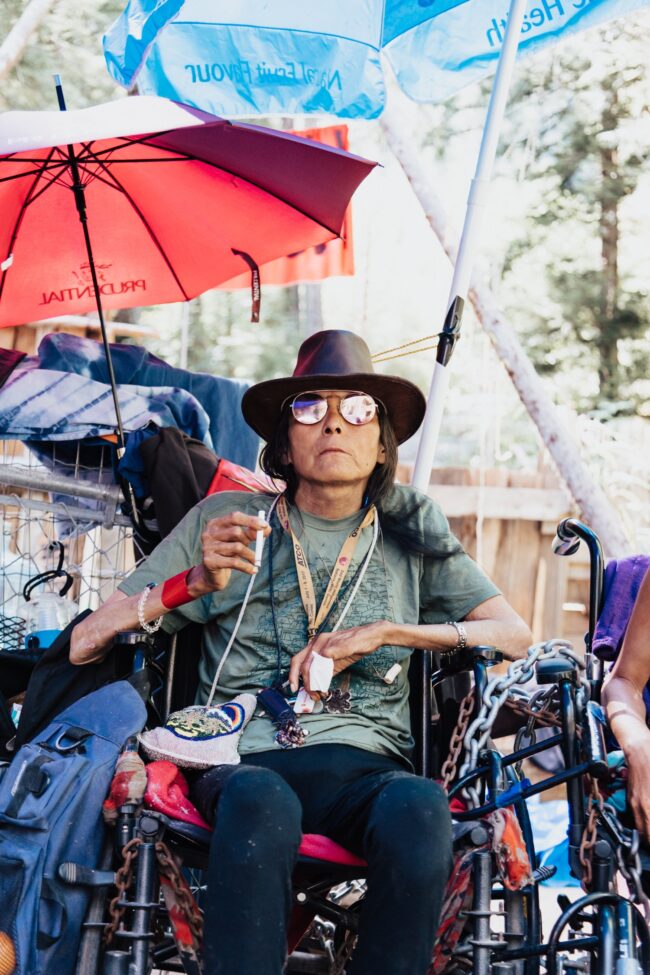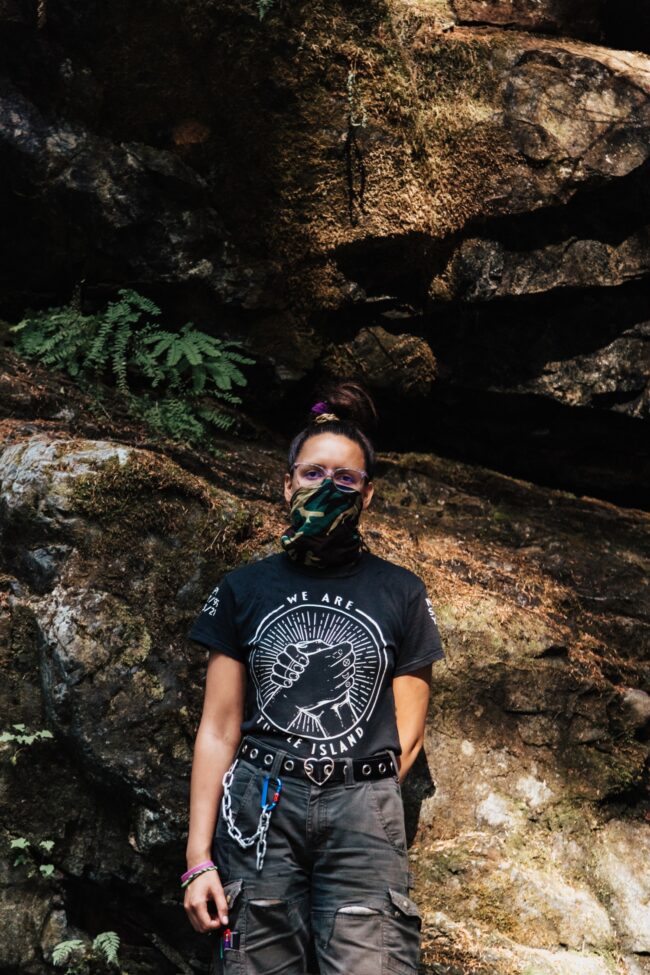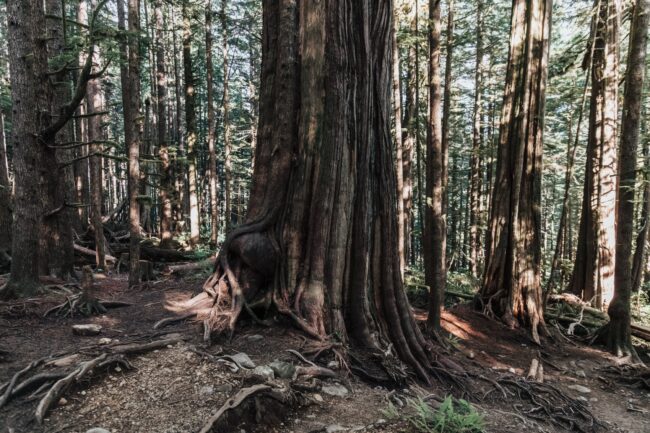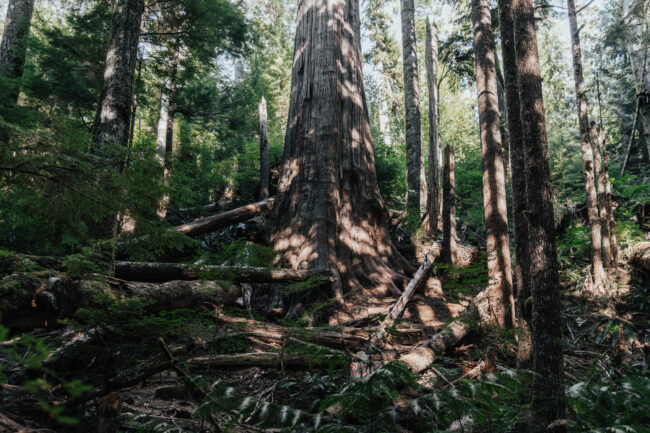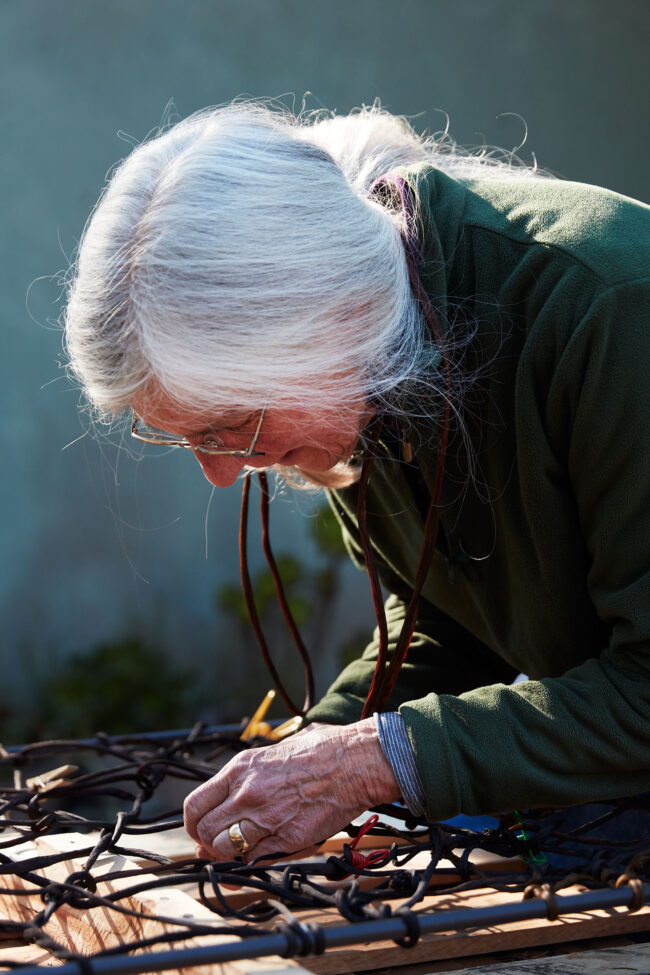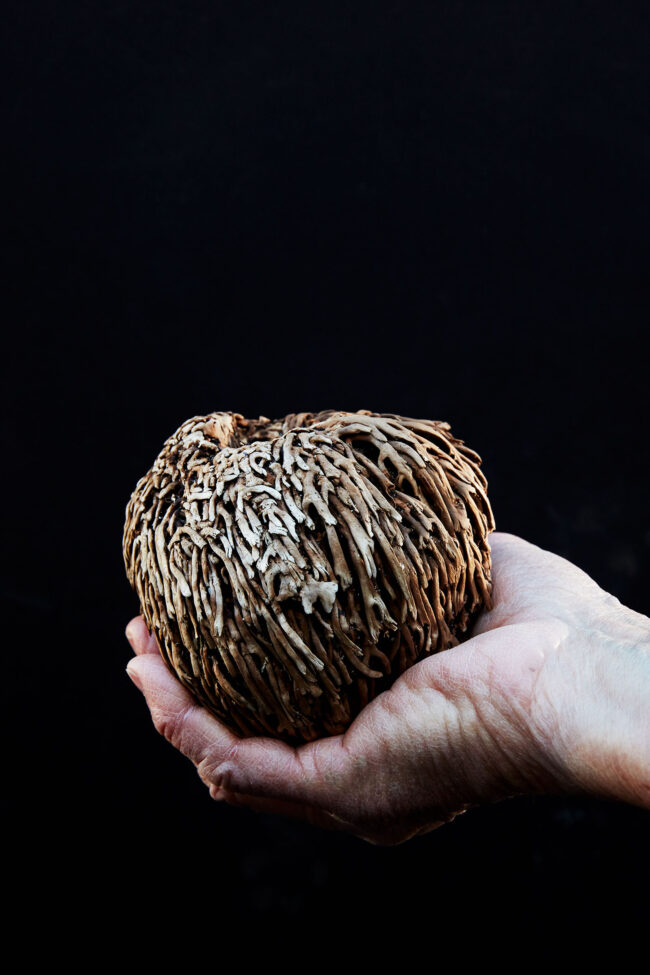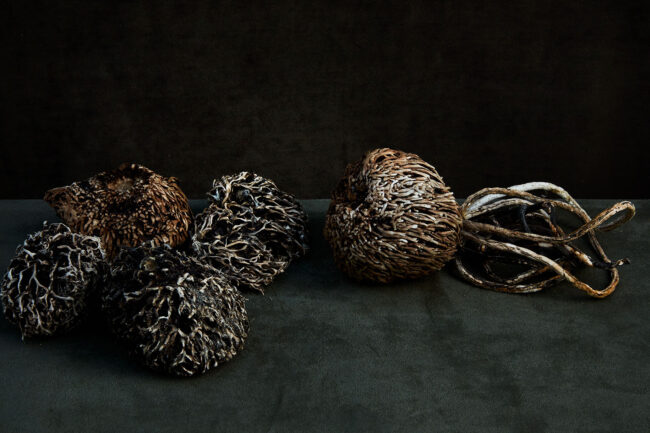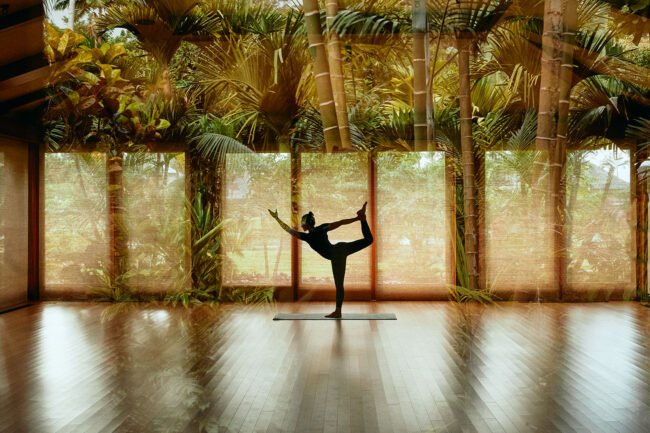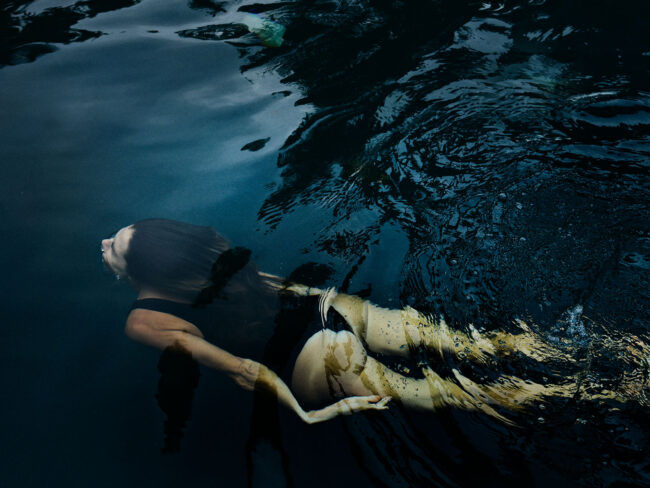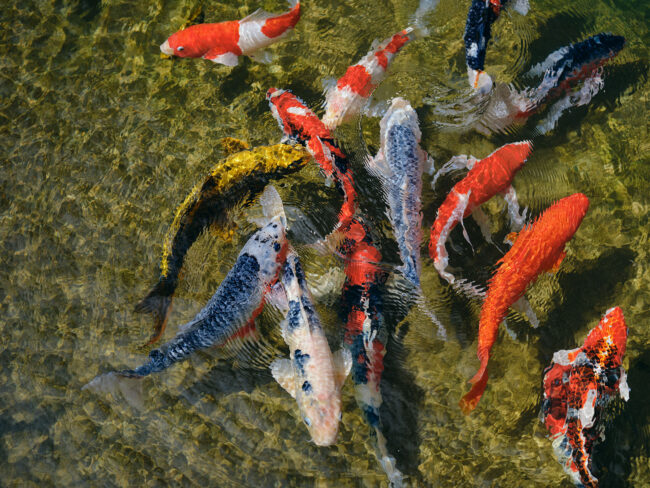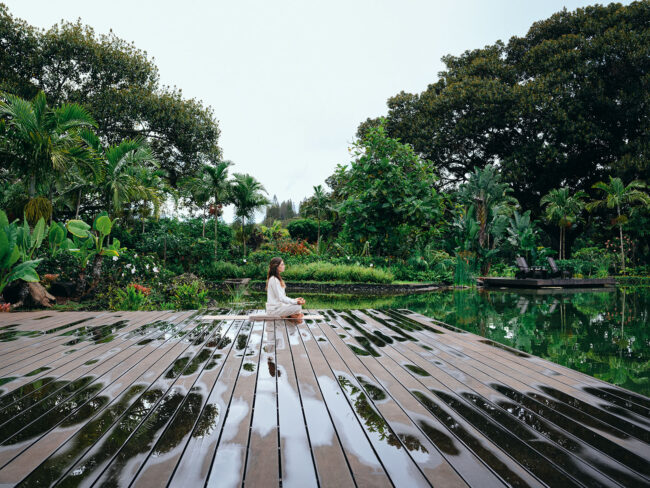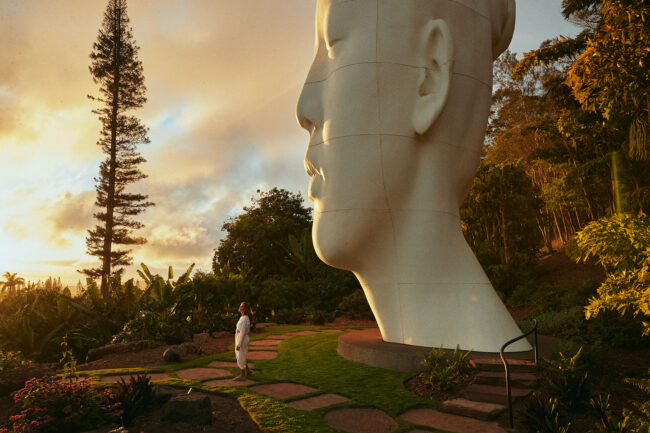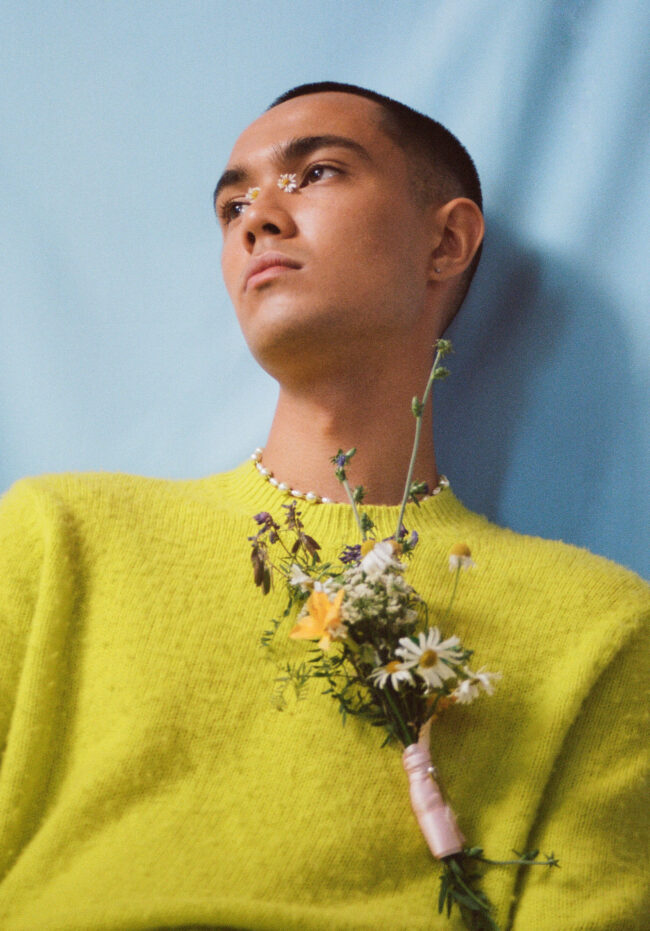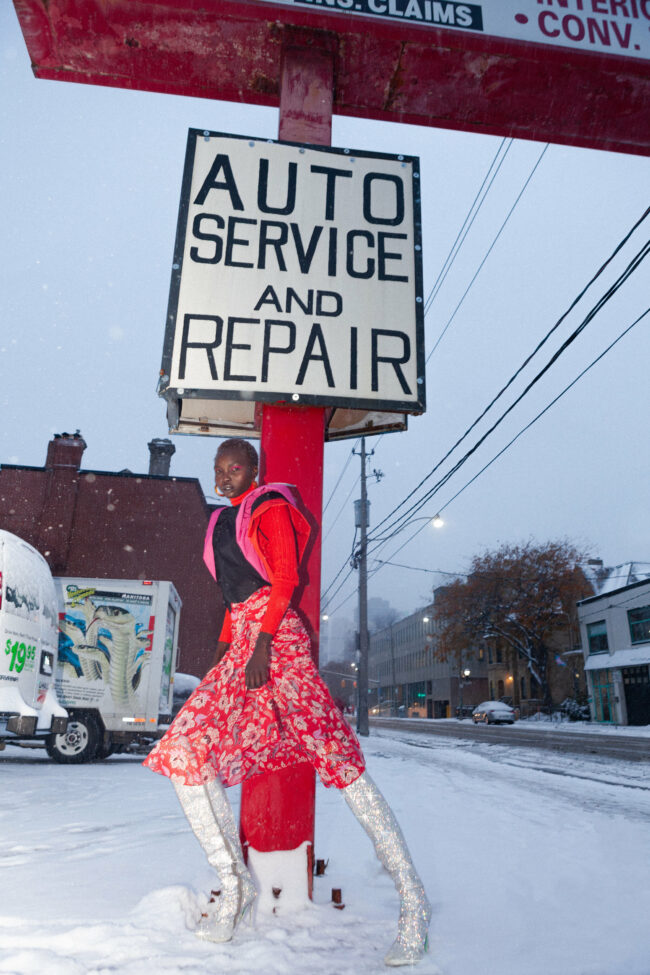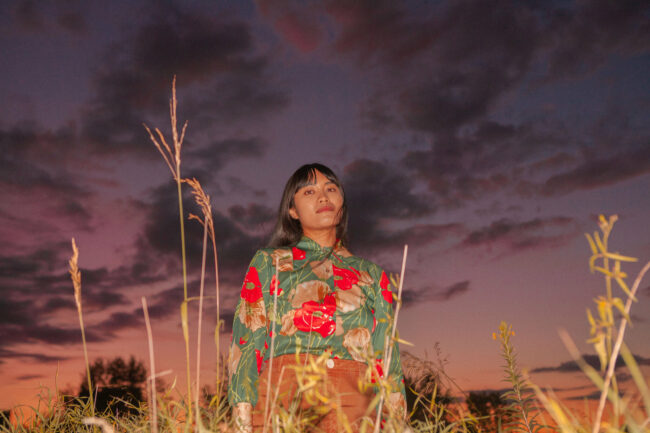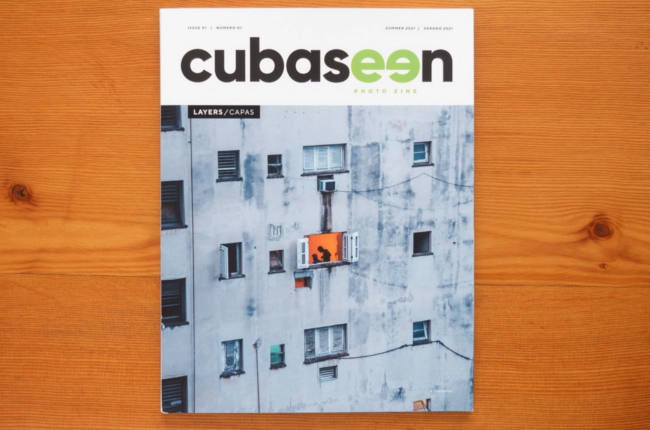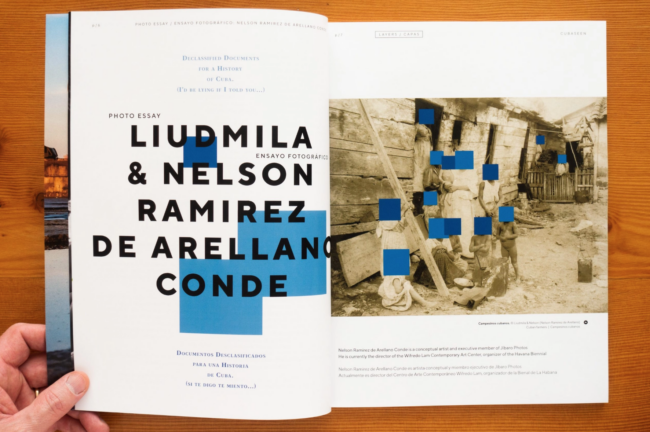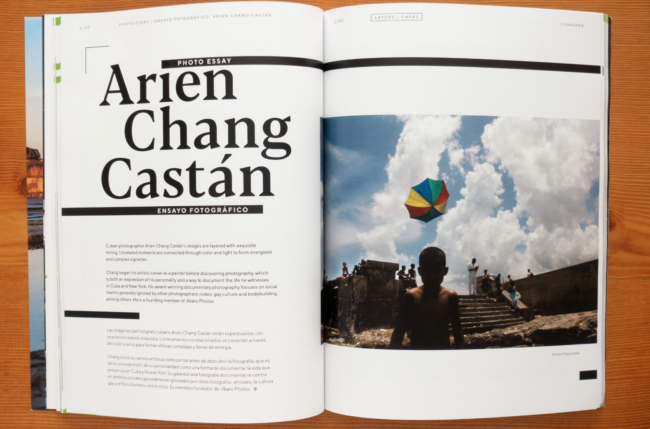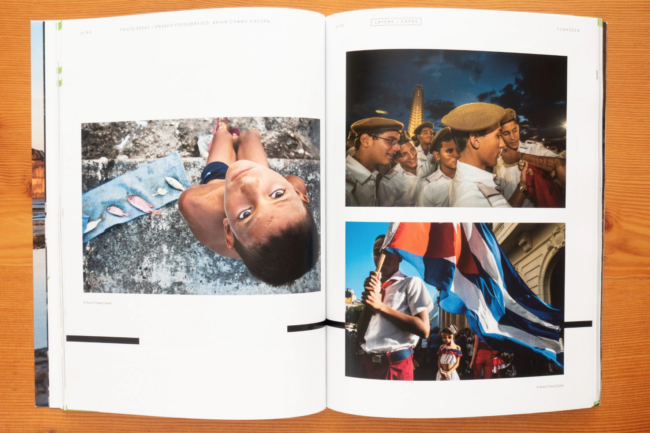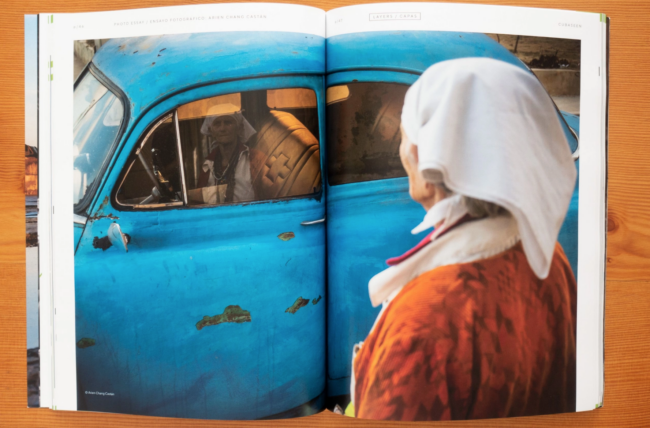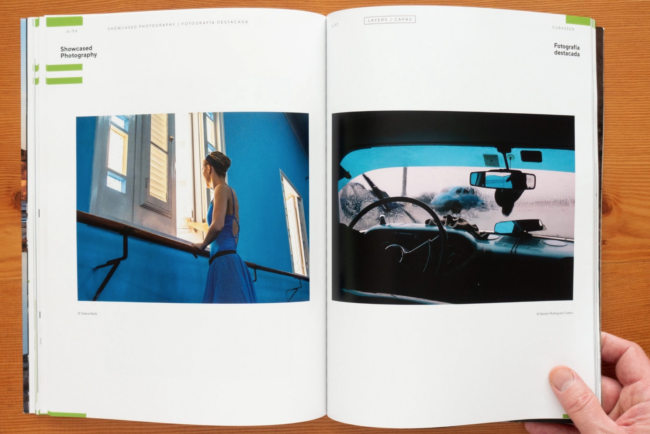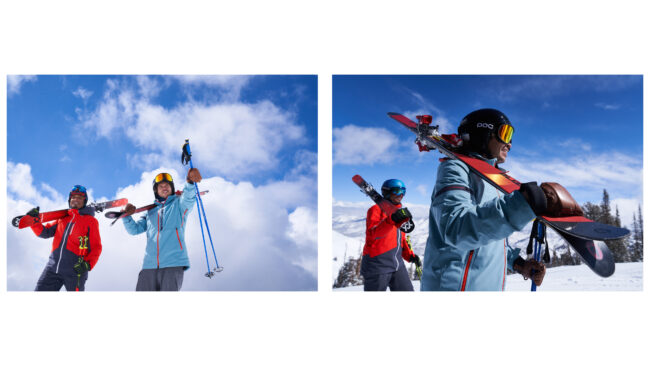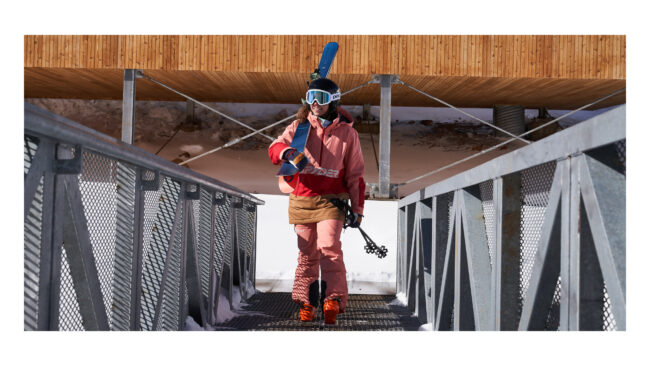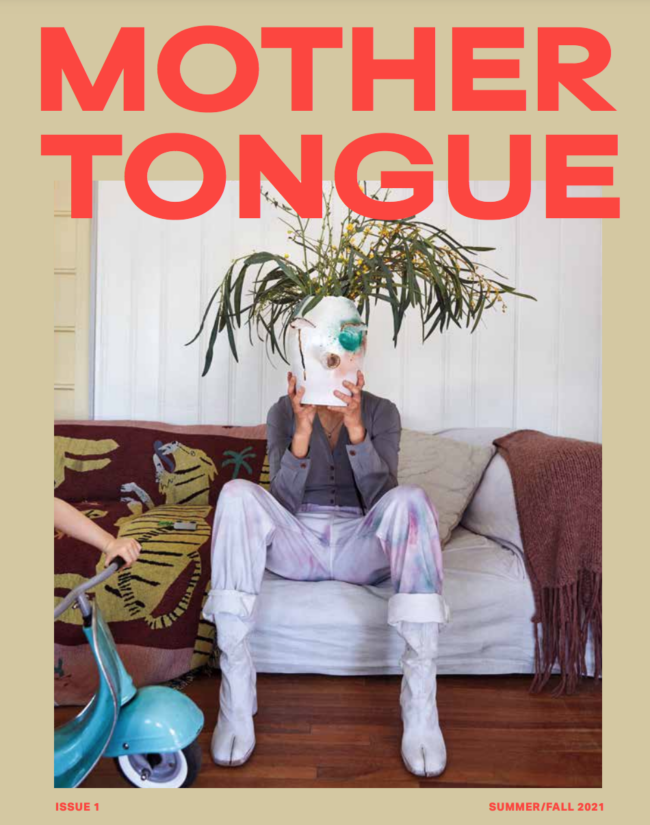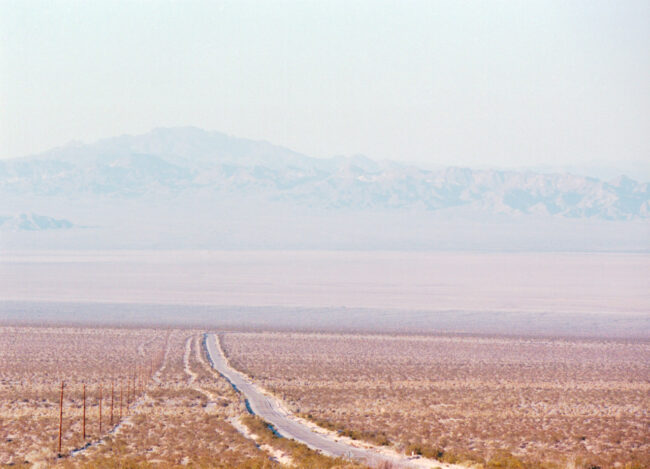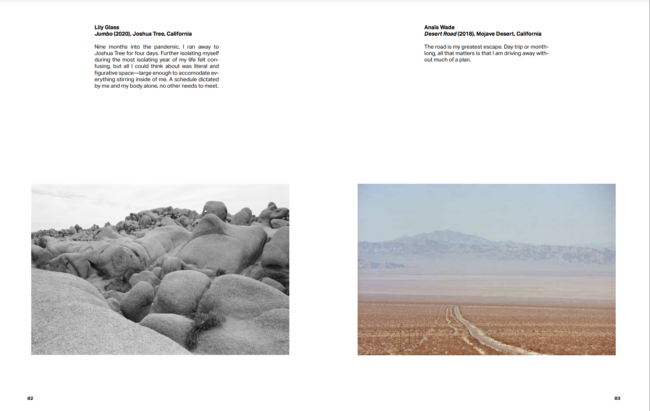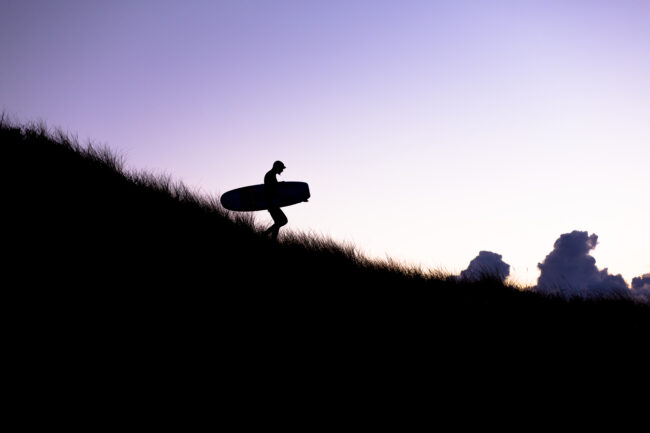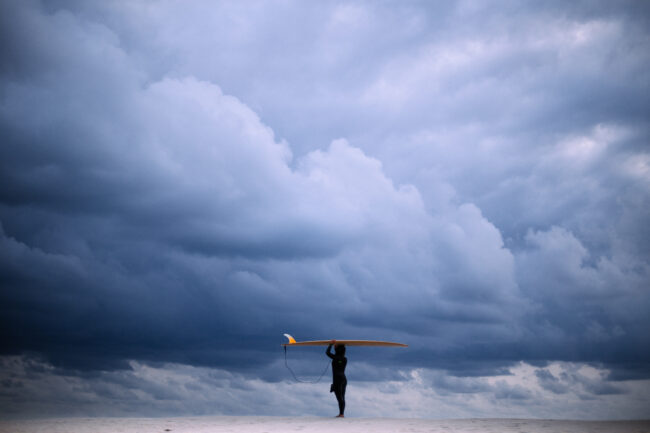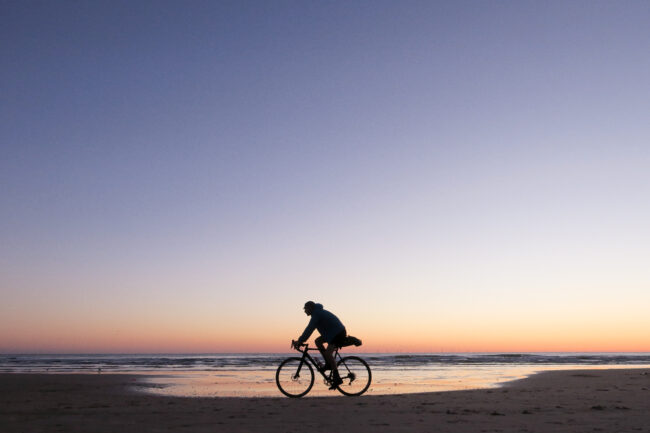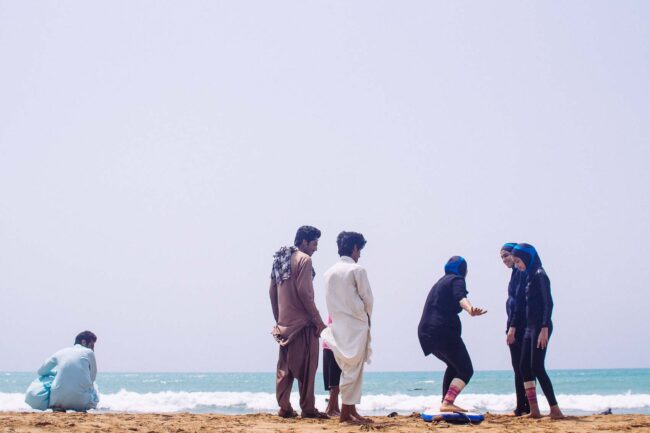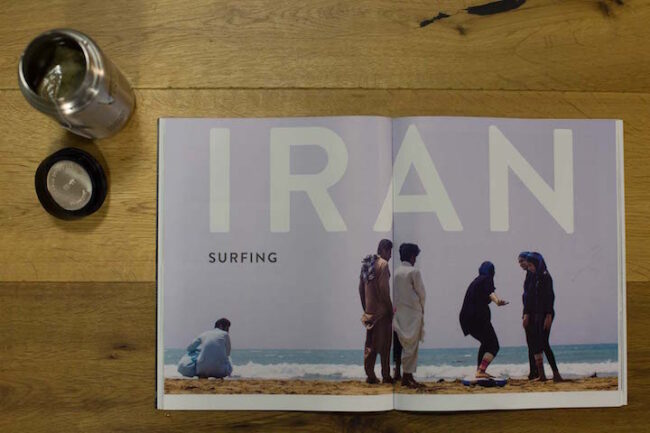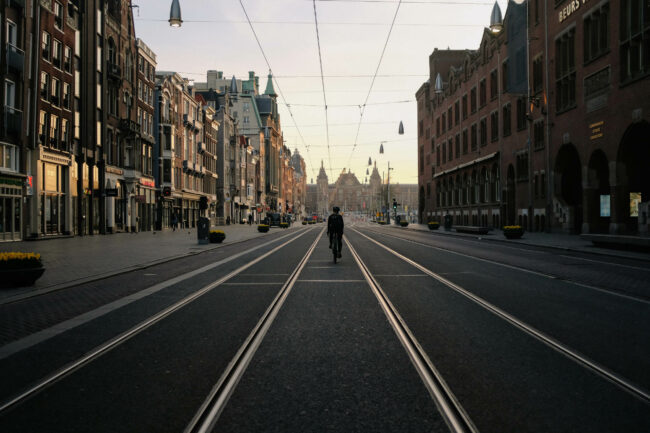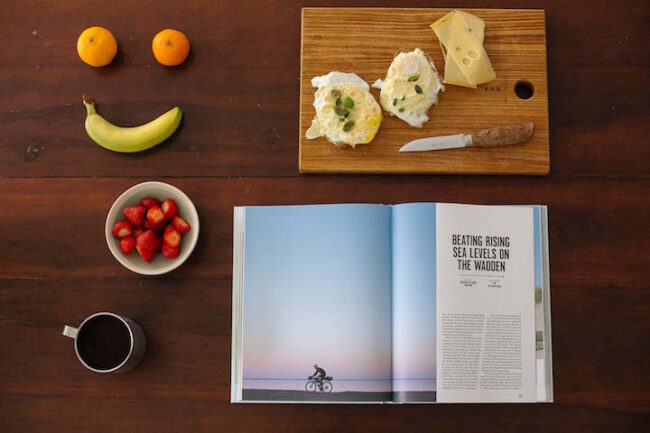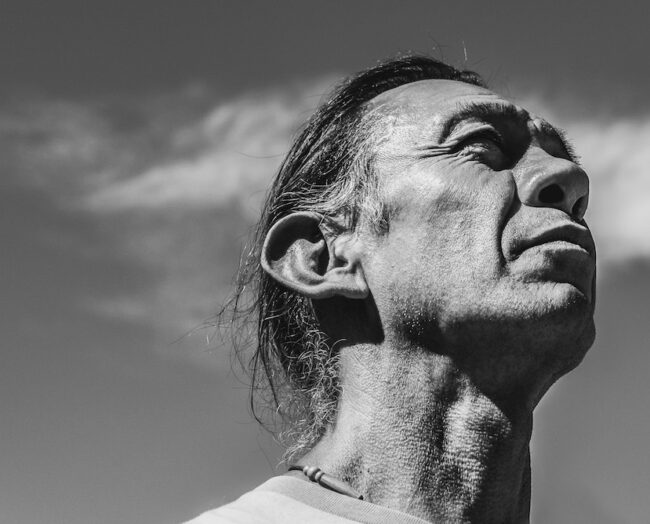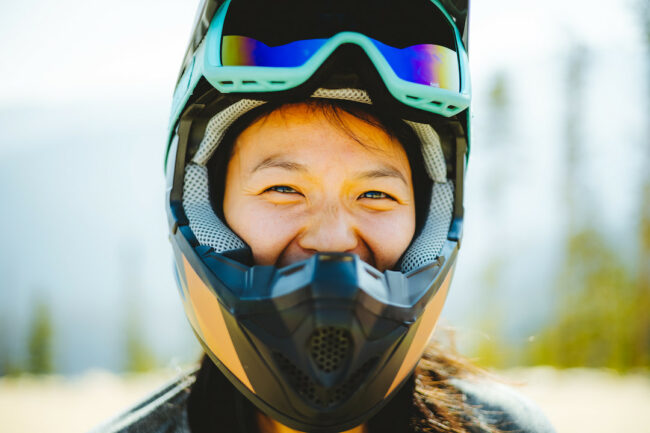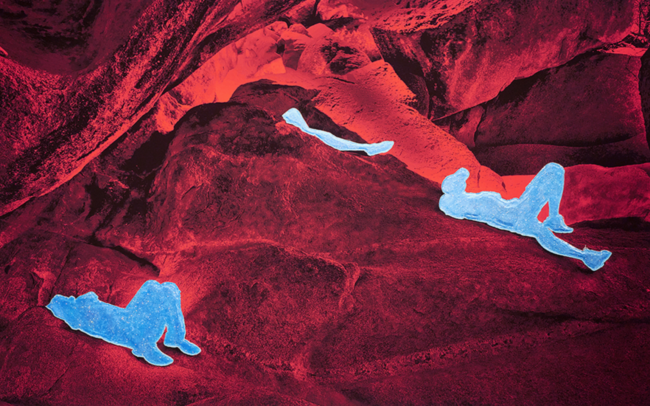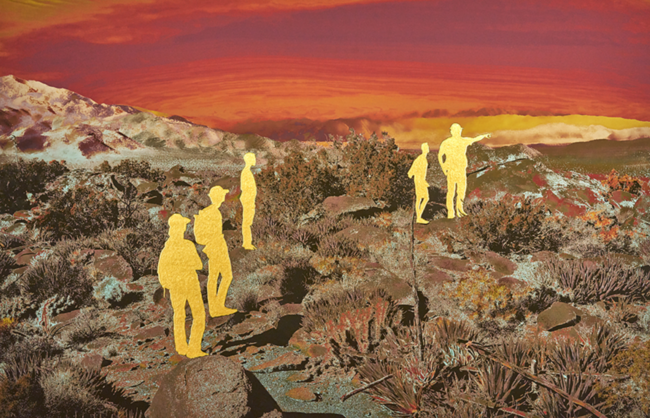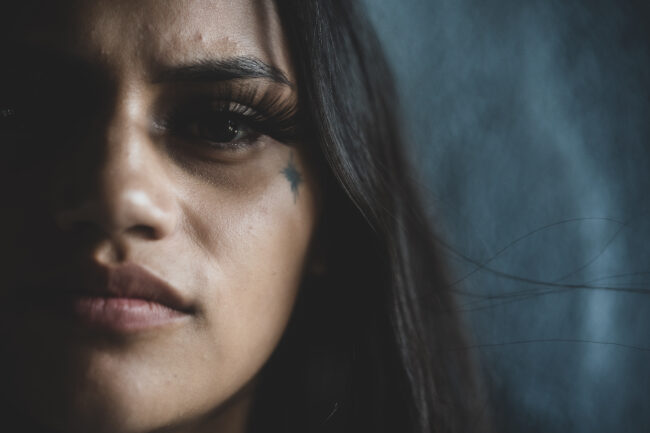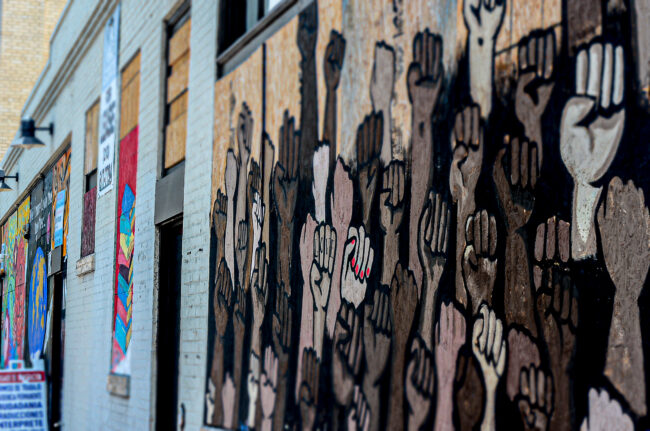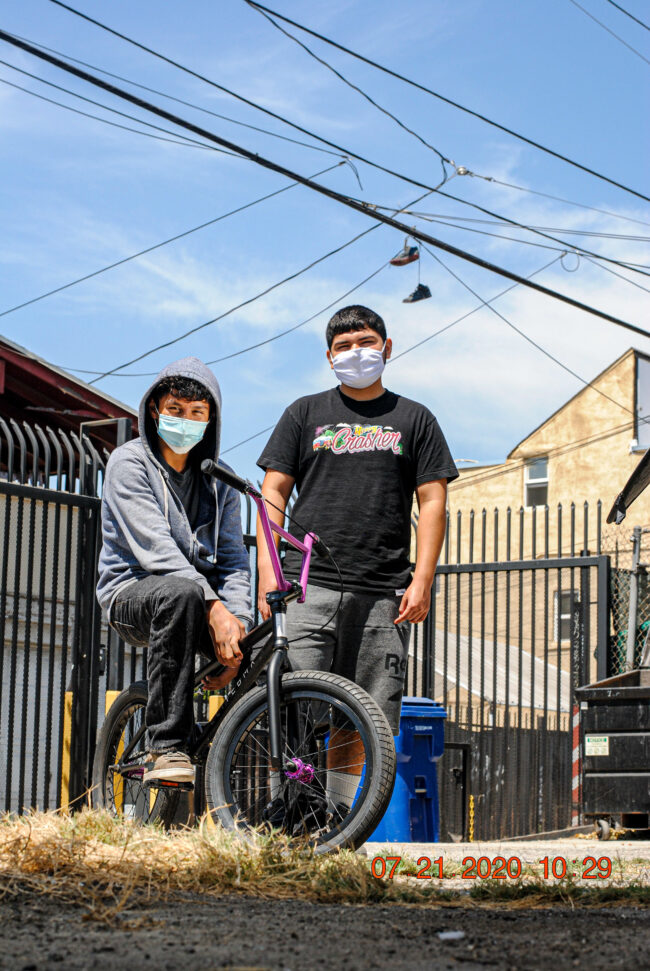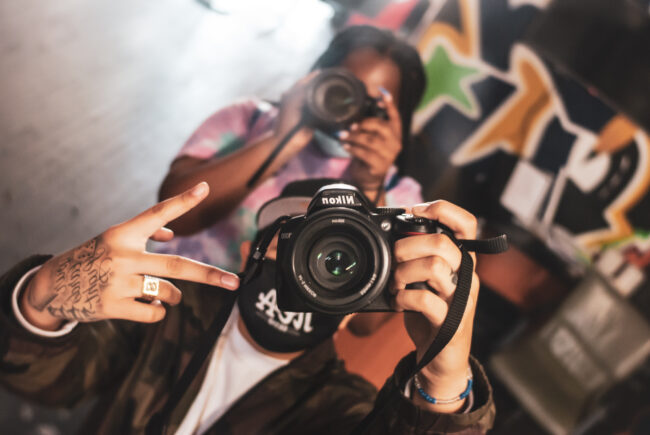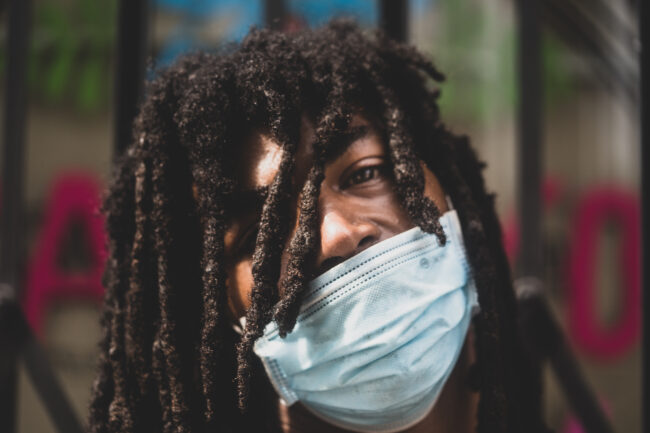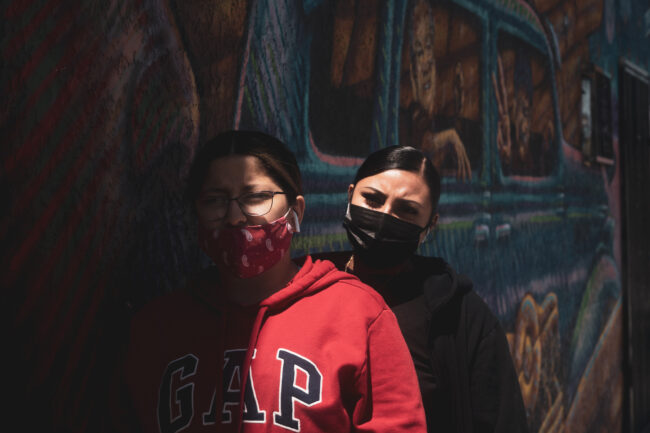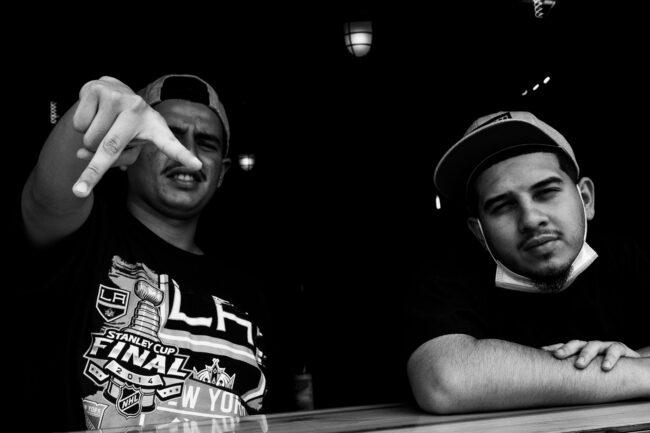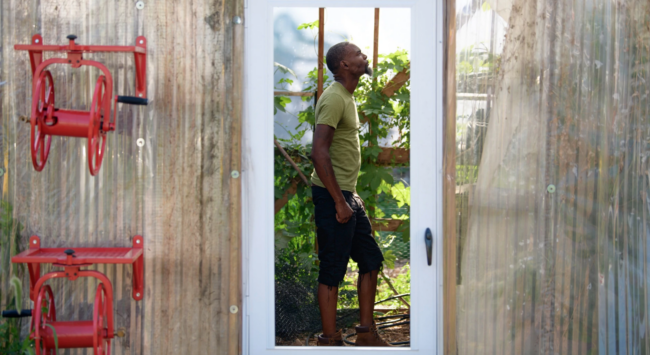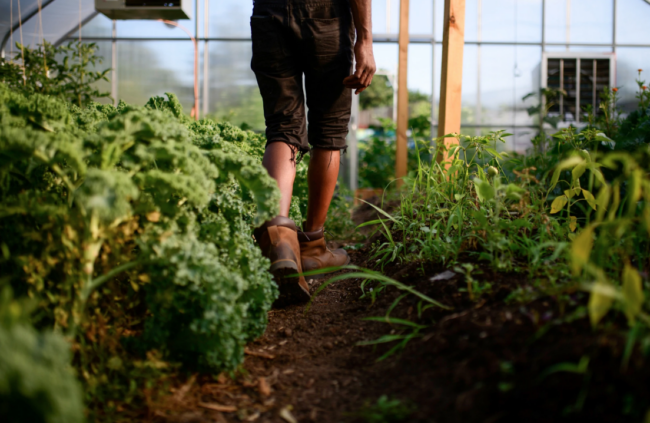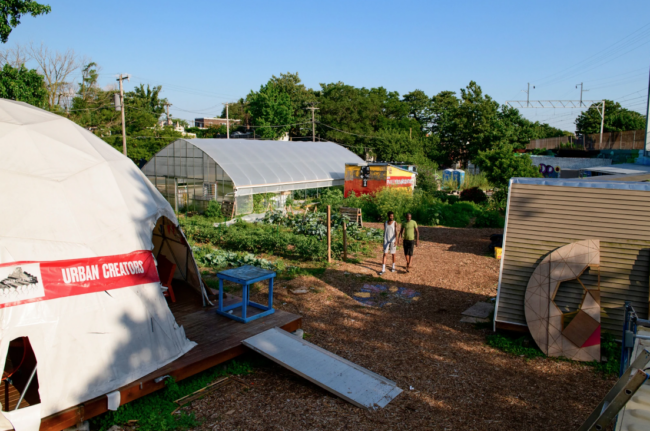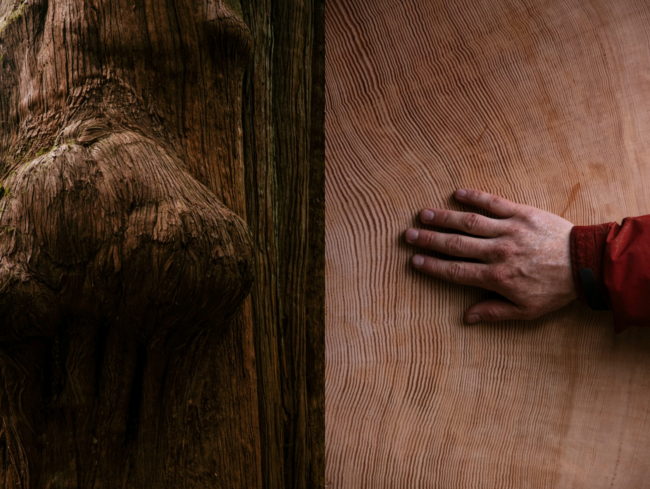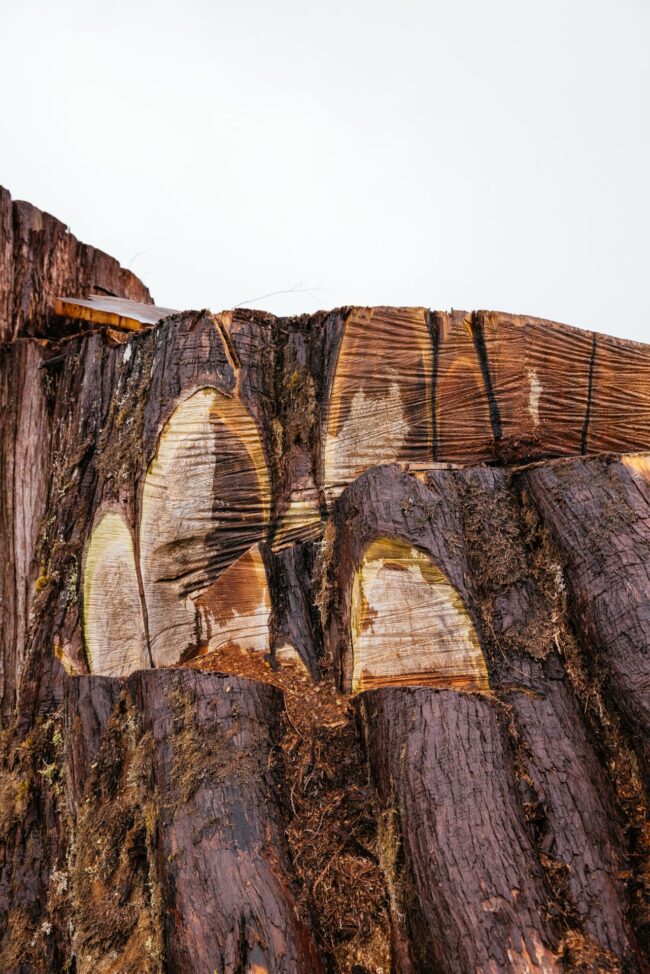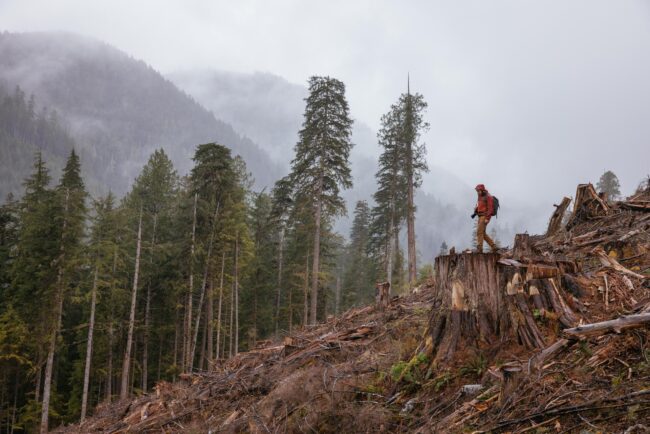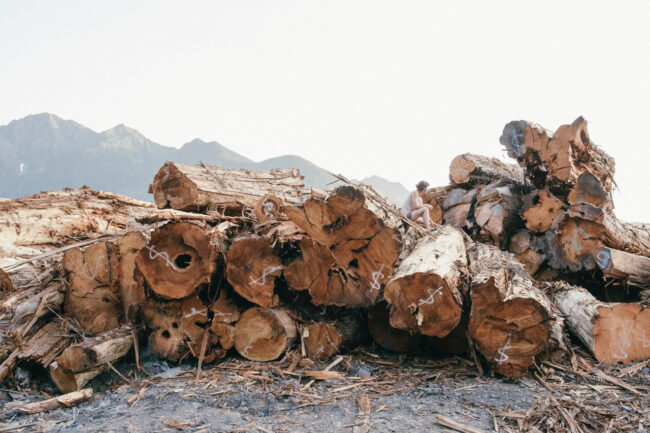 (A logging sort filled with old growth red cedar in Haida Gwaii 2018.)
(A logging sort filled with old growth red cedar in Haida Gwaii 2018.)
Fairy Creek, Unceded territory of the Pacheedaht and Dididaht First Nation People
Heidi: Before joining the protest at Fairy Creek were you involved in other environmental movements?
Ola: I first visited Fairy Creek in early April of this year. Prior to that in 2018 I had the privilege of living in Haida Gwaii for a year. Haida Gwaii is an archipelago off the central coast of British Columbia where Haida settlement has been proven to date back to 13,800 years. Shortly after moving to the island for a new job, I quit my job with certainty, and I found myself participating and documenting a stand where Haida citizens re-claimed the rights to their territories and put a temporary halt to a forestry operation that was expediently harvesting one of the islands last available stands of old growth red cedar.
During this stand I witnessed the approval of an injunction by the B.C. Supreme Court, which granted the RCMP the ‘legal authority’ to forcibly remove Haida citizens off their own land to make way for industry. Shortly after camp was dismantled, illegal logging commenced at St’alaa Kun by the Forestry company, Husby Forest Products.
It was this experience that opened my eyes to the fact that our ancient old growth forests are threatened and endangered. I also learned how the exploitation of land is directly related to the exploitation of Indigenous People’s culture. I was introduced to the complex issues that have arisen out of tensions that sometimes exists between Band Council governance systems and Hereditary Chief governance systems within Nations.
My experiences in Haida Gwaii gave me the initial courage and the motivation to participate in the protests that were taking place in Fairy Creek.
What was your process like in terms of joining and photographing the protest camp community?
Initially I spent weekends on the mountain, getting a feel for camp. I spent time walking the lands of the Pacheedaht and Dididaht First Nation People, humbled that I had been welcomed by Elder Bill Jones and Hereditary Chief Victor Peters. I sat beneath ancient cedar trees- Grandmother and Grandfather tree up at a River Camp. I walked through mossy groves of lush old growth forest that was left intact along the river during previous logging operations. (The feeling of walking within untouched ancient old growth forest is comparable, I imagine, to the feeling of swimming in water for the first time. Sound, space and time all warp into an unfamiliar feeling. The beauty, balance, and biodiversity are simply too overwhelming to take in all at once).
 )Two ancient cedar trees near River Camp at Fairy Creek.)
)Two ancient cedar trees near River Camp at Fairy Creek.)
As I continued to visit on weekends, I could sense the movement was gaining momentum. Shortly thereafter an injunction was granted by the B.C. Supreme Court and on May 17th the RCMP began to forcibly remove land defenders and their supplies off the logging roads. It’s important to note that members of the Band Council did ask protestors to leave and agreed with the planned forestry operations, although, Hereditary Chief Victor Peters and Elder Bill Jones along with many other members of the community did not agree. Their views were ignored by our government and mainstream media.
My first stint on the frontlines was a time in which I spent 5 nights up at Waterfall camp. It was an experience like no other. The nighttime missions, the pickaxes, the deep wells and complex hard block devices were all overwhelming to witness. Also, the intense pushes up the hill by the RCMP each morning and their nighttime patrols. I witnessed people chaining themselves into the land to block industry from accessing land deemed to be clear-cut, impeding industries perpetuation of the destruction of ancient eco-systems. The community shared in the knowing that once destroyed, via clear-cutting logging methods, the land would never be the same. No place for natural succession. Forests are planned, planted, and turned into farms. The biodiversity of the land lost forever.
In what ways are you experiencing effects of the ecosystem destruction?
Today the land in our Province is literally speaking. The fires, the floods, the mudslides. Atmospheric rivers and heat domes, unfortunately two frightening terms we’ve become acquainted with this year.
We know that old growth forests are great climate moderators, cooling the air when it is hot, warming it when it’s cold. Douglas Fir stands hold the capability of withstanding fire. Trees are incredible organisms that retain and circulate water while they work to stabilize and create soil. Old growth forests work as giant carbon sequestering machines while tirelessly and simultaneously manage to pump out rich oxygen for us to breath. Ancient old growth forests are also deeply connected to the cultures of many Indigenous Nations in our province. From their arts to their medicines. Also, histories are literally held within the ancient pathways and the culturally modified objects that can be found within old growth forests. Activist and friend from Haida Gwaii Lisa White shared these words with me back in 2018. “Our culture is very, very, dependant on healthy lands.” Like the roots of the forest- land, language and culture are all deeply intertwined.
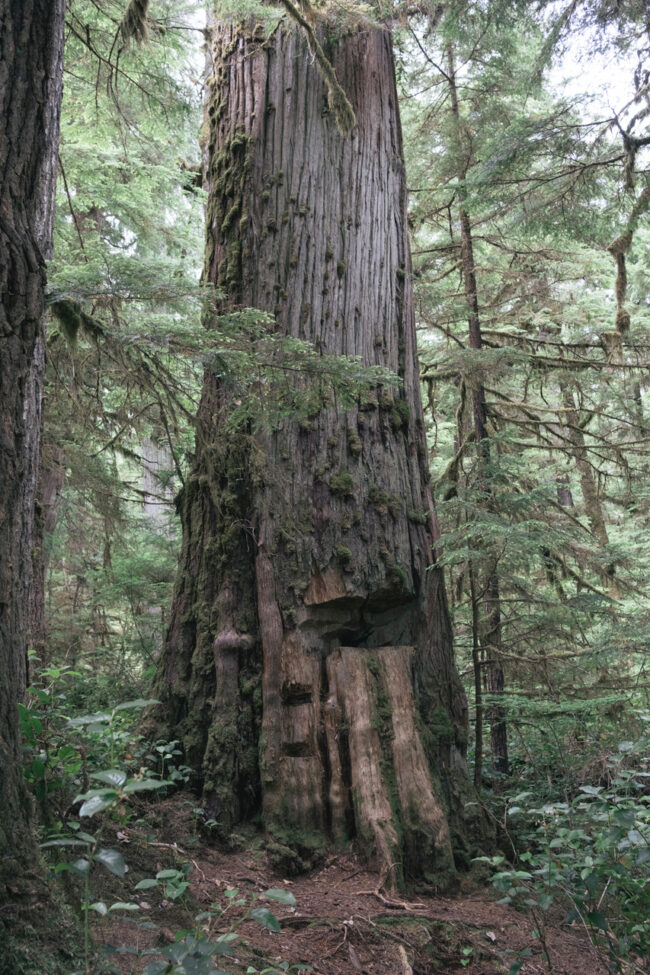 (A culturally modified tree or CMT in Haida Gwaii showing a test hole that was carved into a trunk of a standing ancient tree. Test holes were used traditionally to check if trees were rotten on the inside. A way of avoiding unnecessarily cutting down a tree.)
(A culturally modified tree or CMT in Haida Gwaii showing a test hole that was carved into a trunk of a standing ancient tree. Test holes were used traditionally to check if trees were rotten on the inside. A way of avoiding unnecessarily cutting down a tree.)
Joining a blockade is bold action. Why did you choose to participate this way?
I joined the stand at Fairy Creek to support the land and its biodiversity. As Rivers are being granted the same legal rights as human beings, I believe that our remaining Old Growth Forests should finally be afforded the same.
I joined the stand at Fairy Creek to support Elder Bill Jones, Chief Victor Peters, select members of the Pacheedaht First Nation and other individuals who wanted to join forces to stand up for the rights of Indigenous Peoples access to healthy lands and waters. It is time the government offers Nations, Inuit, and Metis, other means of economic gain. Means outside of resource extraction.
I joined the stand at Fairy Creek to do something useful with my time. To be a part of something greater within a wider community. To avoid complacency, comfort, and distraction. To take the feelings of overwhelm I was feeling and transform them into some sort of meaningful action. In my journal I wrote, “Uncertain of what else to do but travel to the Ancient Forests to congregate with like-minded humans.”
I joined the stand at Fairy Creek as a supporter of the movement and as a professional photographer. My camera, a tool that could capture both the light and dark. A tool that documented the hard work of a community that had a unified sense of purpose in protecting the forests and standing up for Indigenous rights while also documenting the violent actions of the RCMP and their escalating tactics while they enforced the injunction over time.
 (Elder Bill Jones had to negotiate permission to enter his own territory at the RCMP exclusion line blocking the road to Waterfall Camp.)
(Elder Bill Jones had to negotiate permission to enter his own territory at the RCMP exclusion line blocking the road to Waterfall Camp.)
In May I witnessed Elder Bill Jones and Chief Victor Peters having to negotiate the rights to access their own lands with the RCMP. This was just days after there was a discovery of 215 bodies of children found within the grounds of a former residential school in Kamloops which closed in 1969. (The last residential school in Canada closed in 1996, just 25 years ago). How was it that a respected Elder and Chief were being blocked from entering their own unceded lands? How did industry have so much power over the land? Where was the Reconciliation that our government has promised for so long?
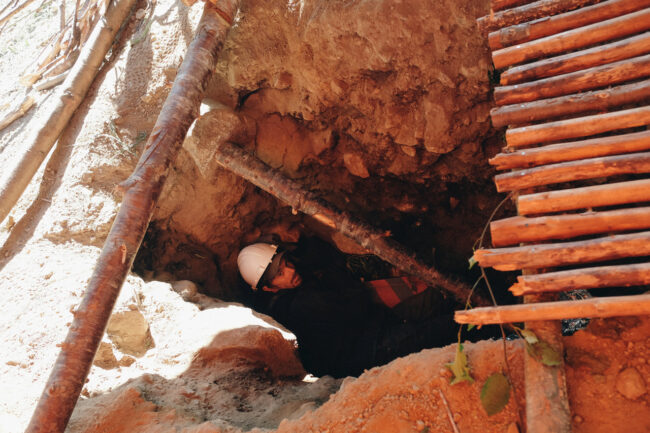 (Pictured here is Skunk in ‘The Well’. This is deepest hard block I have witnessed to date.)
(Pictured here is Skunk in ‘The Well’. This is deepest hard block I have witnessed to date.)
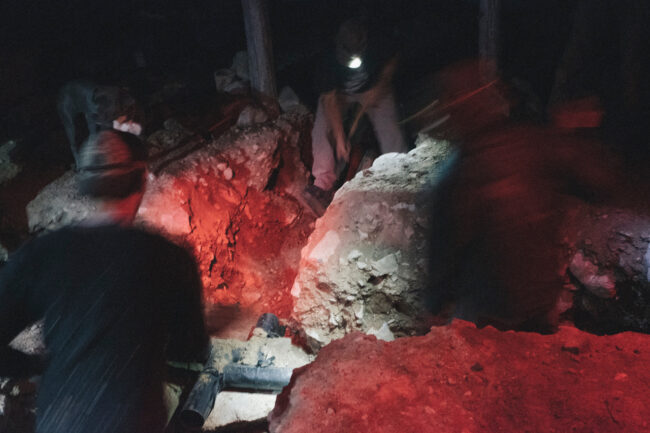 (Front liners working through the night. This device created a 5-person hard block. An 80 year old man helped with the dig that night and also proudly took it upon himself to chain himself into it the next morning.)
(Front liners working through the night. This device created a 5-person hard block. An 80 year old man helped with the dig that night and also proudly took it upon himself to chain himself into it the next morning.)
It was recently published that 5 months of enforcement up at Fairy Creek cost the RCMP $3.7 million dollars. But still, the heavy machinery and fancy equipment could not outsmart the creative human minds on the frontlines. It was in the middle of August when enforcement really took a turn- there was a shift in the teams and tactics that were utilized on the ground.
As we know peaceful protests can turn violent. Did you ever feel threatened or experience aggression here?
On August 19th and 20th I witnessed an extreme escalation in the violent behaviour that came from the RCMP and Paramilitary. They pushed and aggressively rushed land defenders on the frontlines of Fairy Creek back towards the very last stand at Camp Landback where Indigenous Matriarchs were stationed. The intense movement tripped up land defenders and they toppled on top of one another. The RCMP and Paramilitary officers took this opportunity to tear and drag individuals out of the crowd to make violent arrests, some of which were clearly targeted because they were BIPOC. The violence and aggression was unnecessary and unprovoked. During these two days I also witnessed media presence on the ground being denied access to document the RCMP’s operations. On the night of the 20th there were only a few hard blocks remaining. On the morning of August 21st , RCMP enforcement was present at the front lines for a total 97 days, they were almost at the last hard block at River Camp which would clear the road for industry. The RCMP was desperate, especially given that the injunction was soon to expire. It was on this day that I again witnessed an unprovoked attack on a group of 60 protestors who were participating in their civil right to peacefully protest. This occurred after the movement in which land defenders enveloped a gate in the formation of a human blob.
What commenced from the side of the RCMP was excessive use of pepper spray and force. Meanwhile some of the land defenders were bare-foot. Others yelled out, why are you doing this? We aren’t doing anything wrong? I saw my friends in the crowd and I saw youth. I witnessed honourable humans putting their bodies on the line in hopes to create a more sustainable and ethical future for us all. There was no retaliation from the side of the protestors. One voice could be heard calling out, pull back, pull back. The group remained peaceful.
 (Land defenders on the morning of August 21st 2021 just before being pepper sprayed and attacked by the RCMP.)
(Land defenders on the morning of August 21st 2021 just before being pepper sprayed and attacked by the RCMP.)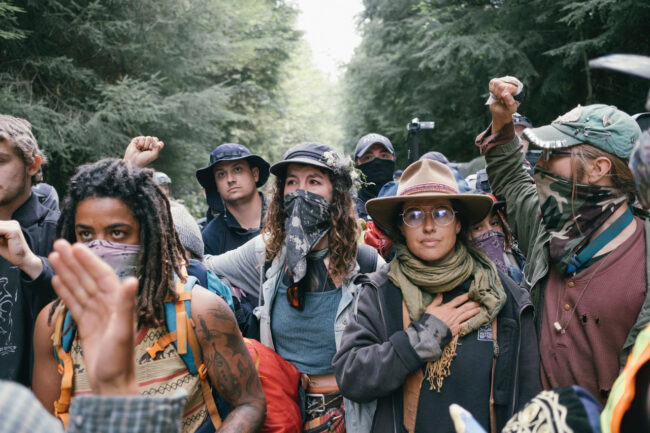 (The intense push by the RCMP and Paramilitary on August 20th which led to violent arrests.)
(The intense push by the RCMP and Paramilitary on August 20th which led to violent arrests.)
The RCMP’s frustration in failing to remove land defenders in what was nearly 100 days of enforcement might have had something to do with the officers violent actions that commenced that day. The alternate option could have been to peacefully wait out the blob, but with being so close to the end of the line at Camp Landback I believe the decision was made out of desperation to clear the road.
With your intense experience and coverage what impacts do you hope your imagery will have?
I hope my photos will emote a sense of community and unification and inspire others to get involved in the experience of participating in meaningful action within their own communities. Experience is always more transformative than reading about other people’s experiences.
It’s difficult to know what to do with all the footage I gathered, I can’t help but feel a sense of urgency to share out and amplify the truth of what I’ve witnessed over the last 8 months. I was relieved to hear Patagonia was publishing a story about Fairy Creek. We are so infiltrated with media these days and it’s hard to know where stories will make the biggest impact. I felt grateful that Patagonia, with such a large following, is amplifying the truth of what is happening here on the Pacific Northwest Coast of Canada.
I also hope my photographs illuminate how Indigenous Communities are being treated by the RCMP and our government right here, right now in Canada. The government has recently claimed that there is no old growth logging taking place in Fairy Creek, a classic play on words to appease the public. Although a two-year moratorium has been placed on the inner portion of the watershed, logging all around the outer edge continues. For example, in an area where a friend and artist discovered a rare speckle-bellied lichen on a stand of ancient trees at Heli Camp is now gone, diminished to nothing but a clear-cut. If we continue to turn a blind eye there will be nothing left for our future generations.
I’ll end with the words of Elder Bill Jones which he shared during a speech back in August. He said, “We will indeed tell all those who are in power that we are here, that we are standing for our old growth and that we will not back down.”
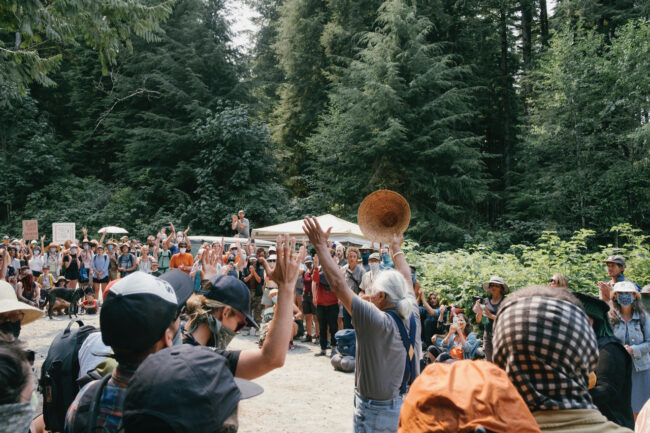 (Elder Bill Jones welcoming a crowd of his supporters.)
(Elder Bill Jones welcoming a crowd of his supporters.)
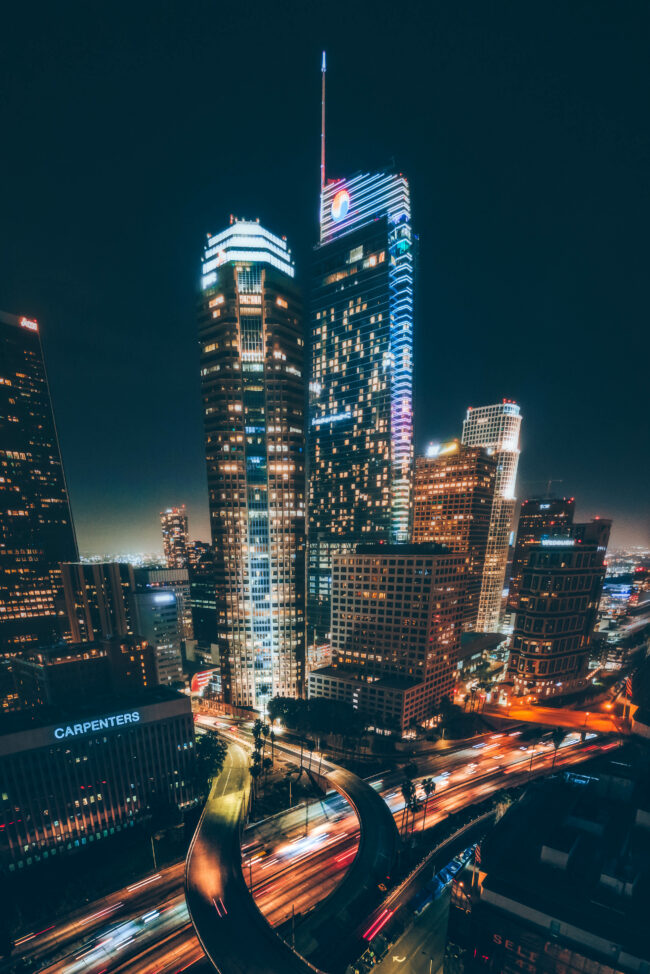

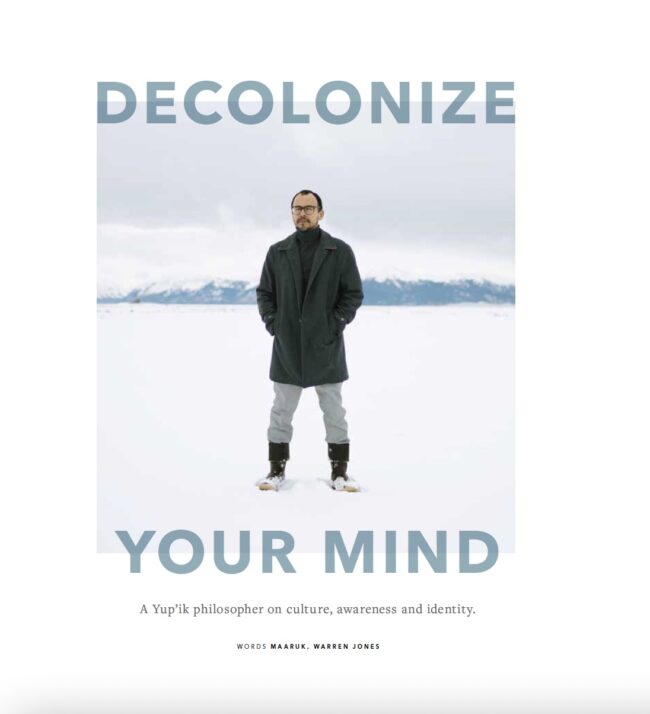
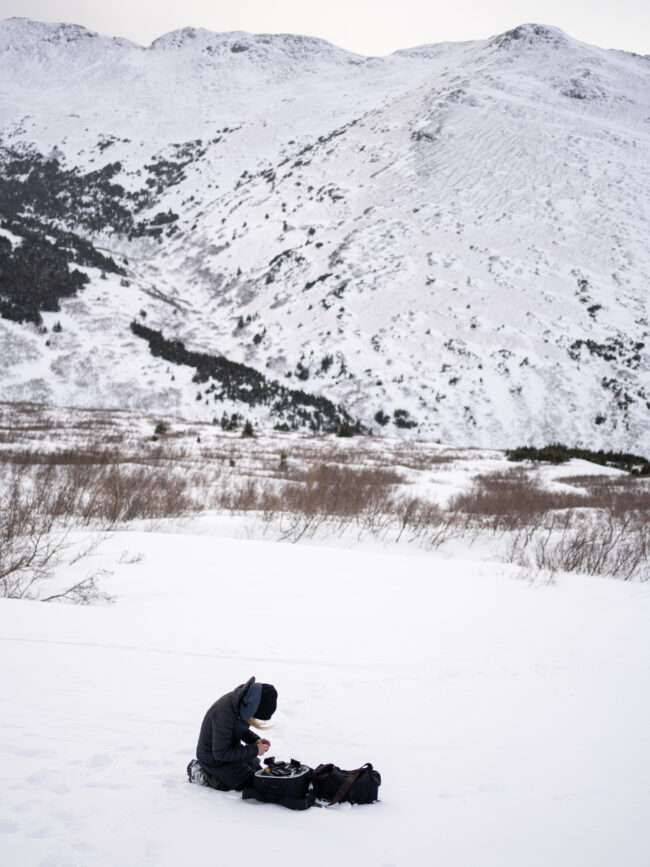


 (
( (
( (
(





